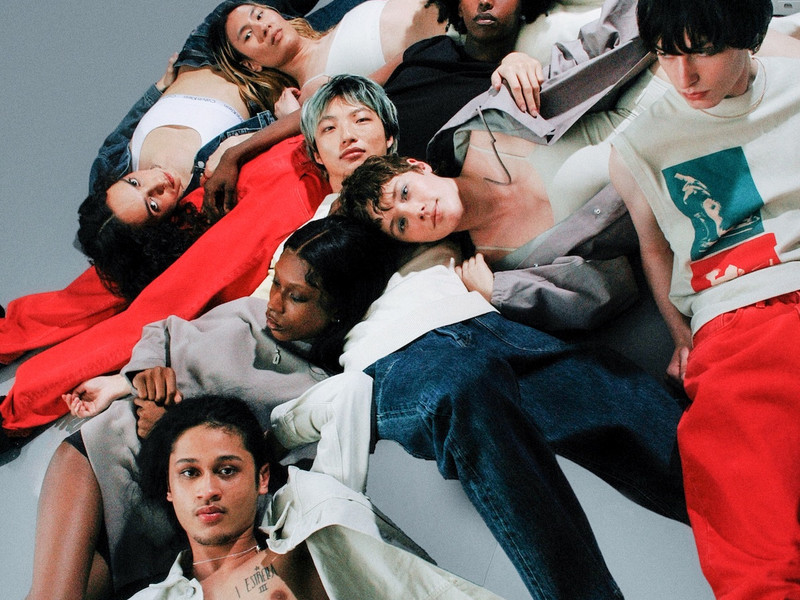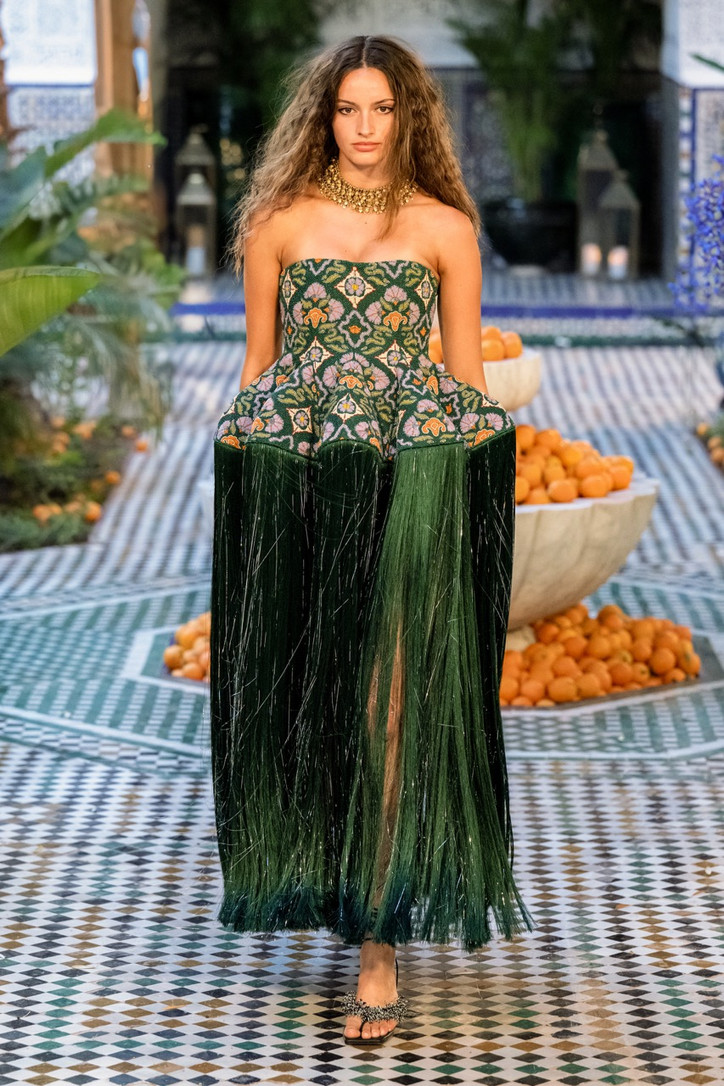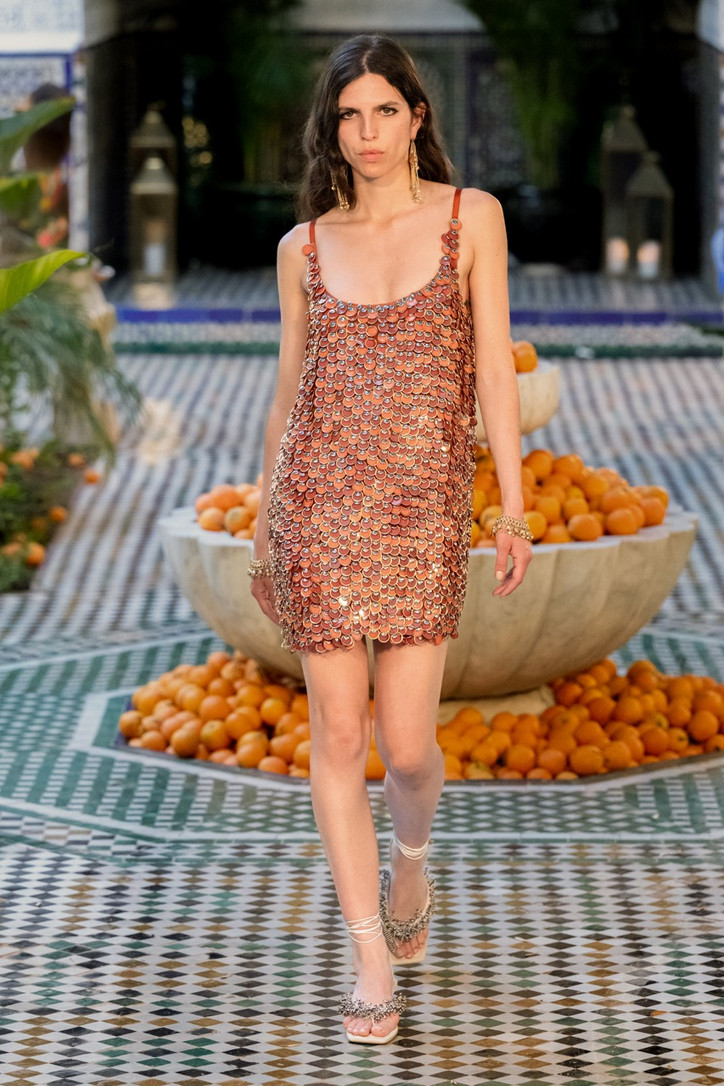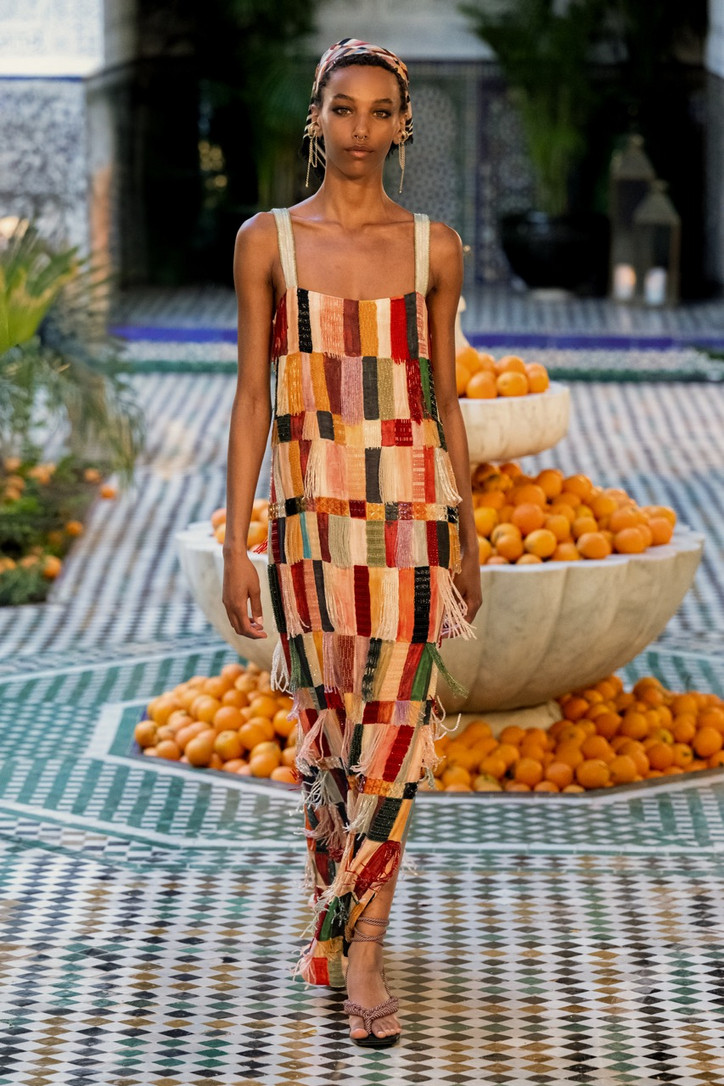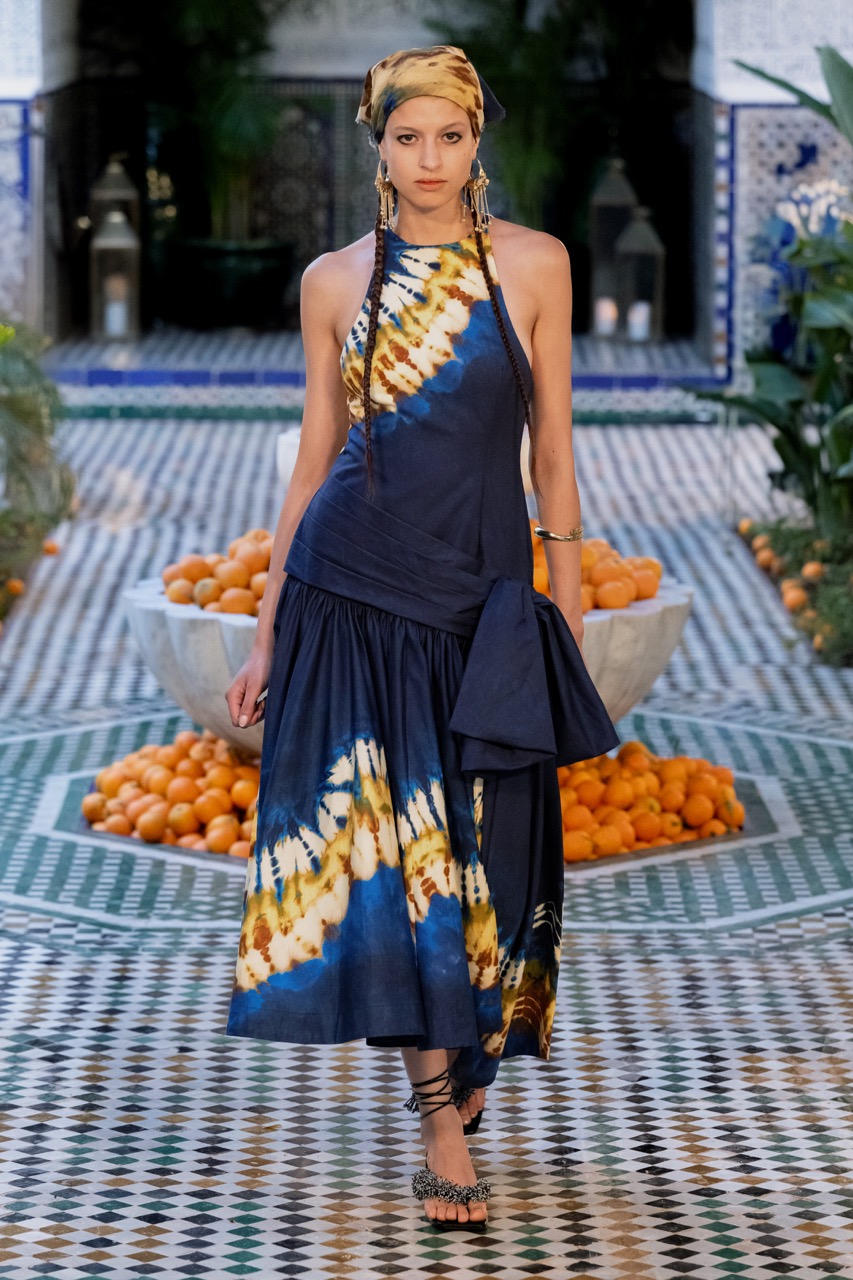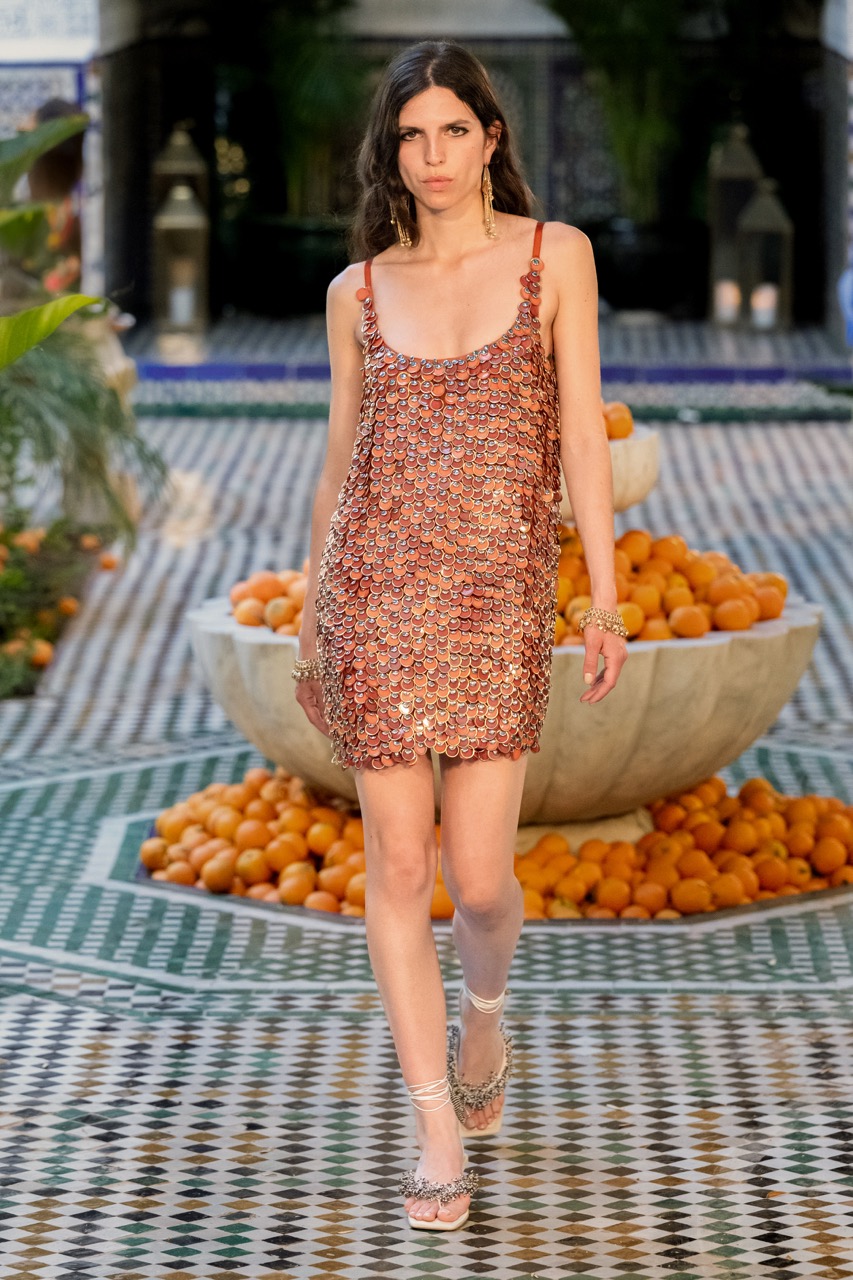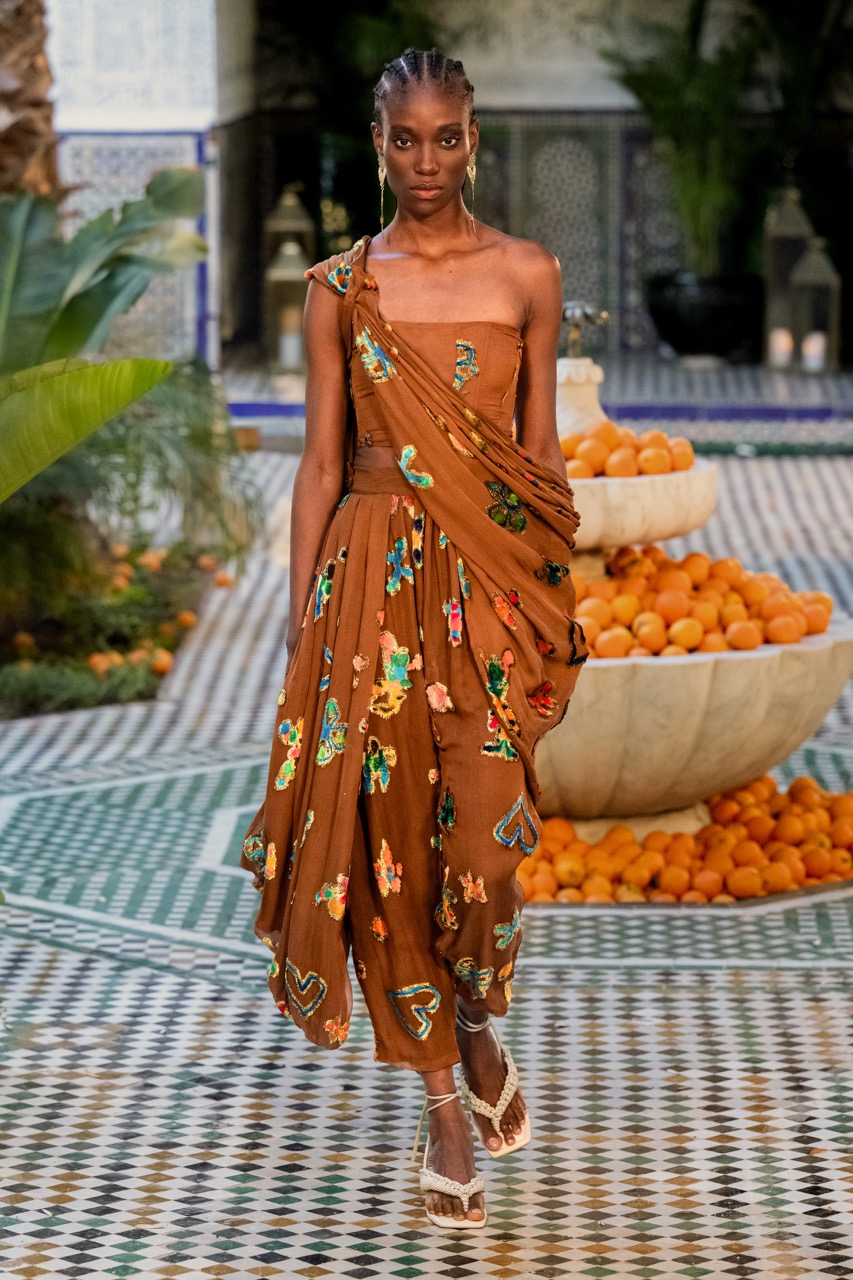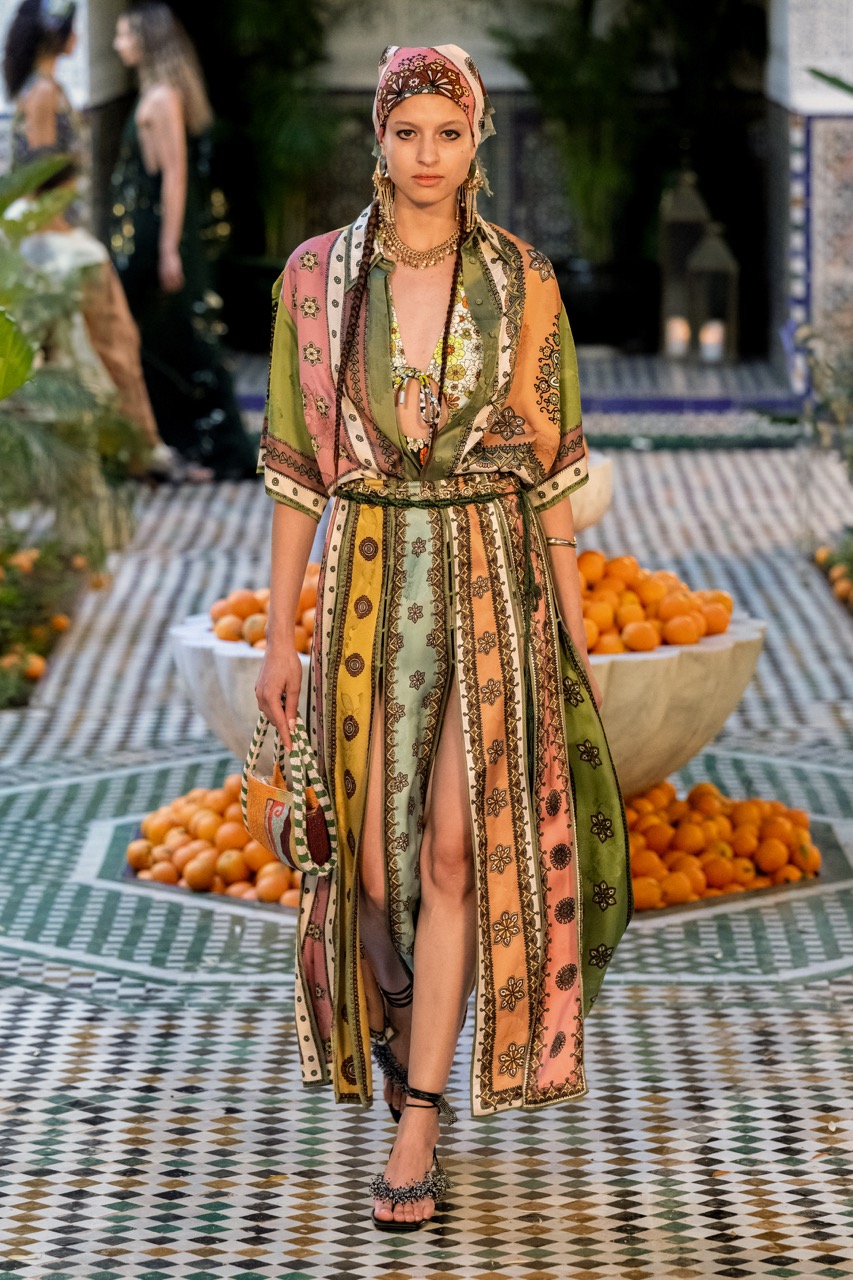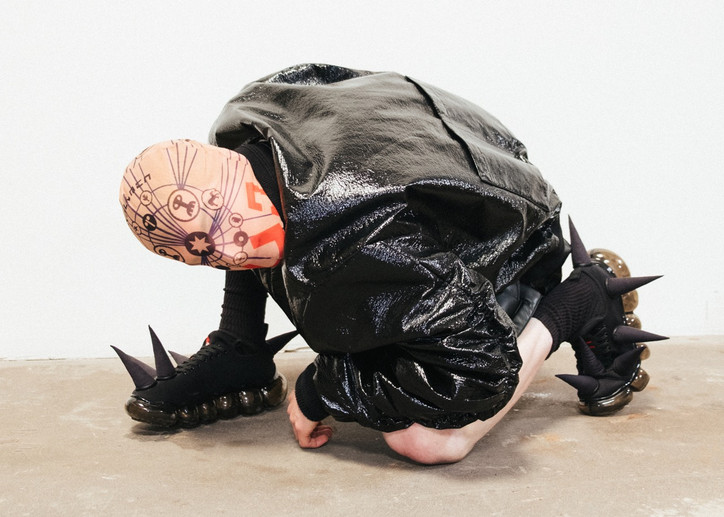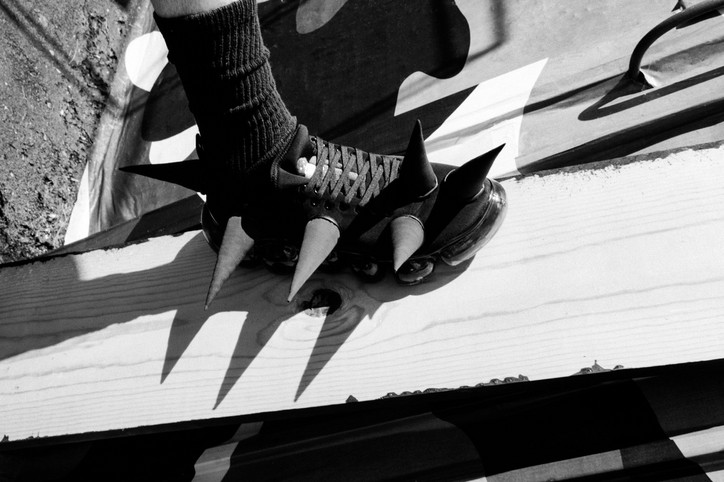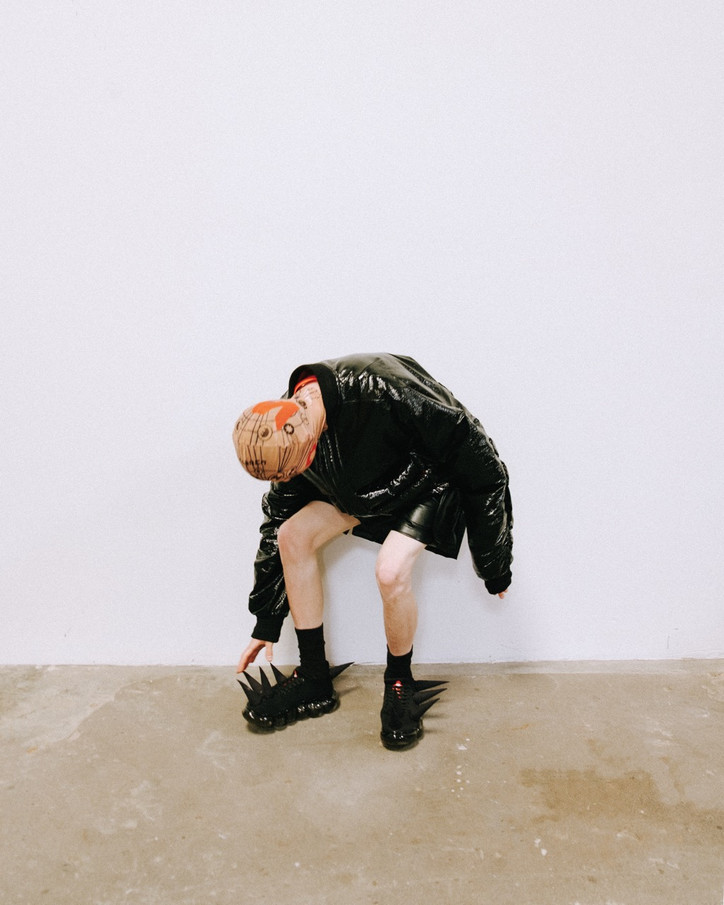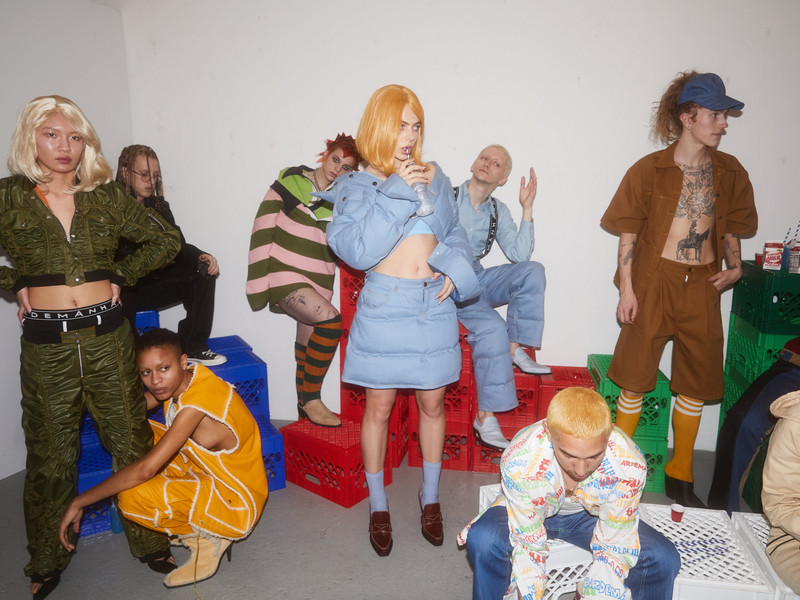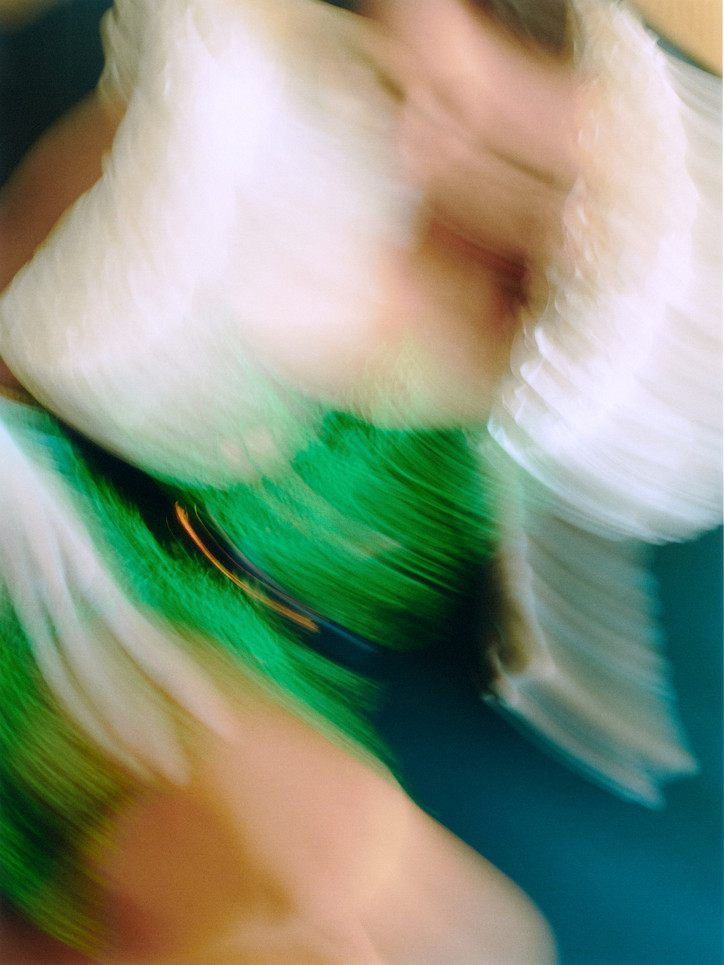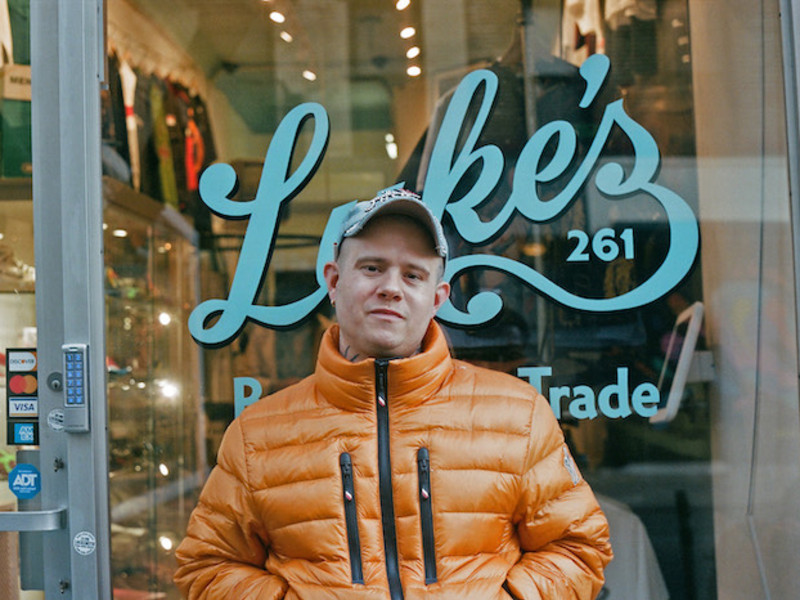Ab[Screenwear] and Your Body's Full Potential
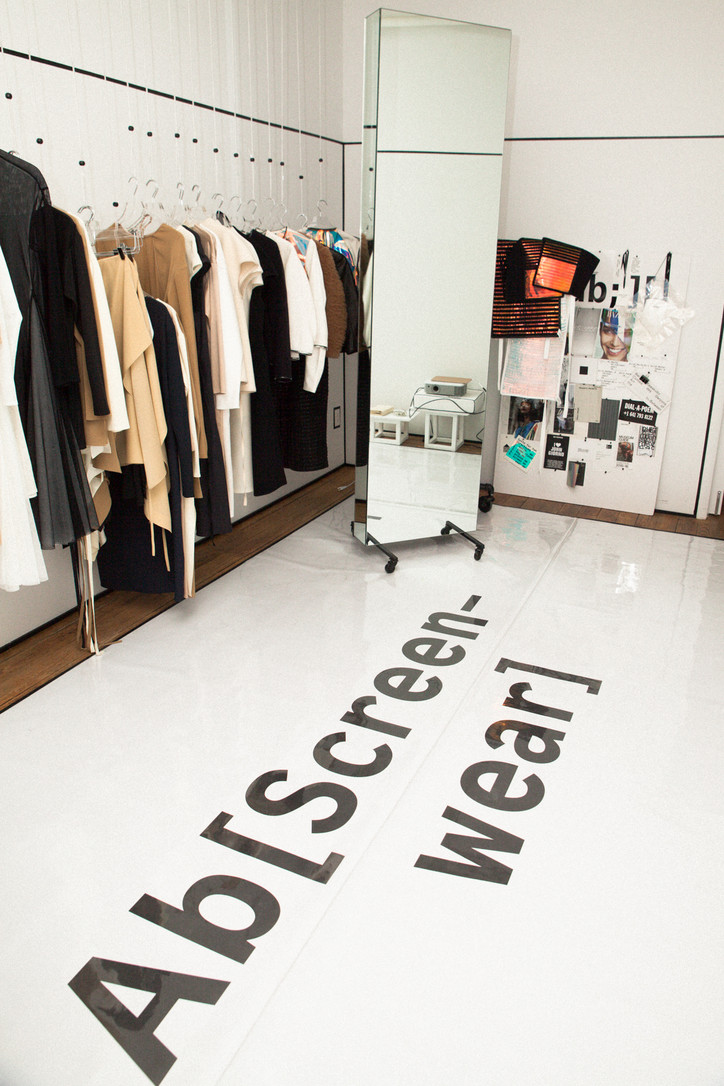
My first memory with “wearable tech” is Imogen Heap at the Grammys in 2009 when she wore a dress that connected to Twitter. What is your first memory with wearable tech?
I guess, if anything, my references come from art and interaction design, not so much from fashion. Nam June Paik’s installations, clad in screens, like his TV Cello piece from 1971; use of body as interface in Joan Jonas and Pipilotti Rist video works; Oskar Schlemmer’s Triadic Ballet and porcelain dresses by Li Xiaofeng.. things like that. Then there is Dieter Rams and Steve Jobs—the good minimalist designs, you know?
Nothing in particular comes to mind from recent fashions, except maybe for Google Jacquard x Levis collab. More as an art form—Iris Van Herpen hi-tech couture and LED grids at Hussein Chalayan’s FW 2007 collection. There are a lot of innovations in 3D printed fabrics and biotech right now, which is exciting, but I guess I am just paying more attention to interactive technologies because ultimately this is what screenwear is all about.
A lot of wearable tech can either be way too overdone and lack a sense of style, but your designs are very cute. How do you balance that?
It happens a lot in wearable tech that fit, proportion, and tactility are being hammered for a “big idea”. For some product and clothing designers, indeed, body is not the point. It is for me, though.
I guess I am bit of everything—a tailor, an artist and a technologist, but it is a tailor-me who usually makes final design decisions. For clothing to feel good and be truly wearable, one should be able to incorporate technology in a very meticulous way. Google Jacquard x Levis is a great example. Otherwise, with all the batteries and cables and arduinos, things end up gimmicky or just brutal and so not-ready-to-wear.
So in my designs, I like to be less literal and a little more subtle, elegant. I like a golden ratio between a “big idea” and the current state of the human-to-technology relationship. I’d rather use a metaphor than a bad substitute, I guess, if my best possible solution (version of technology) is not available or scalable at the moment. I also design in iterations--not seasons really, so I see the current state of “screenwear” as phase 1. Think of the first iPhone generation in 2007. Things will be changing in stages.
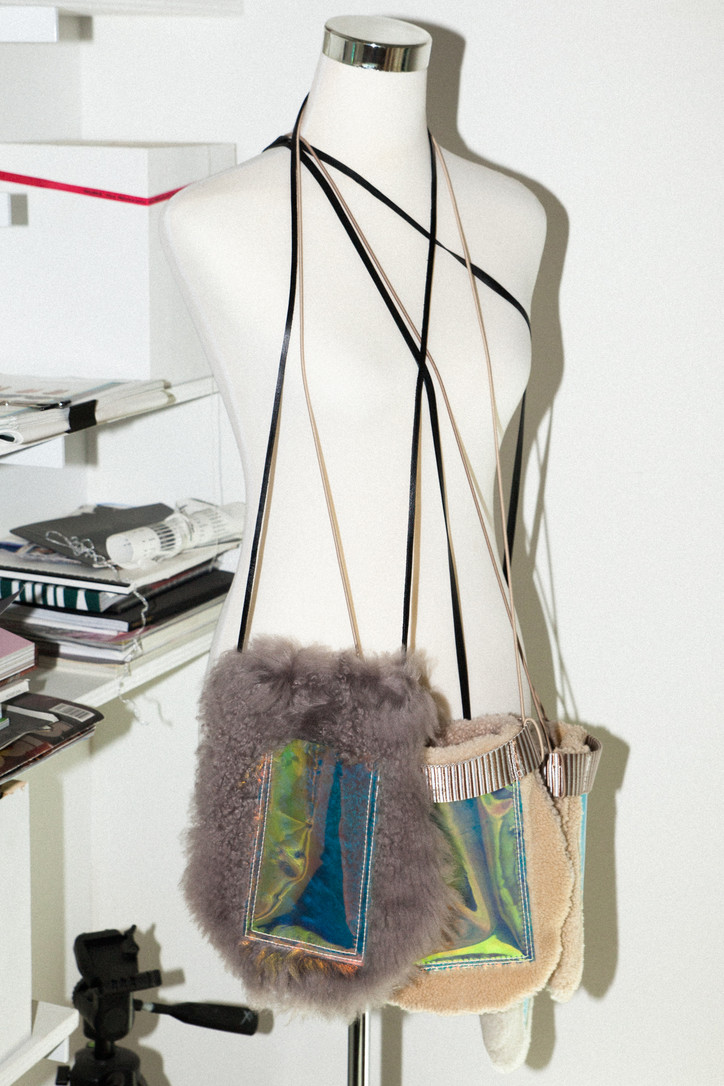
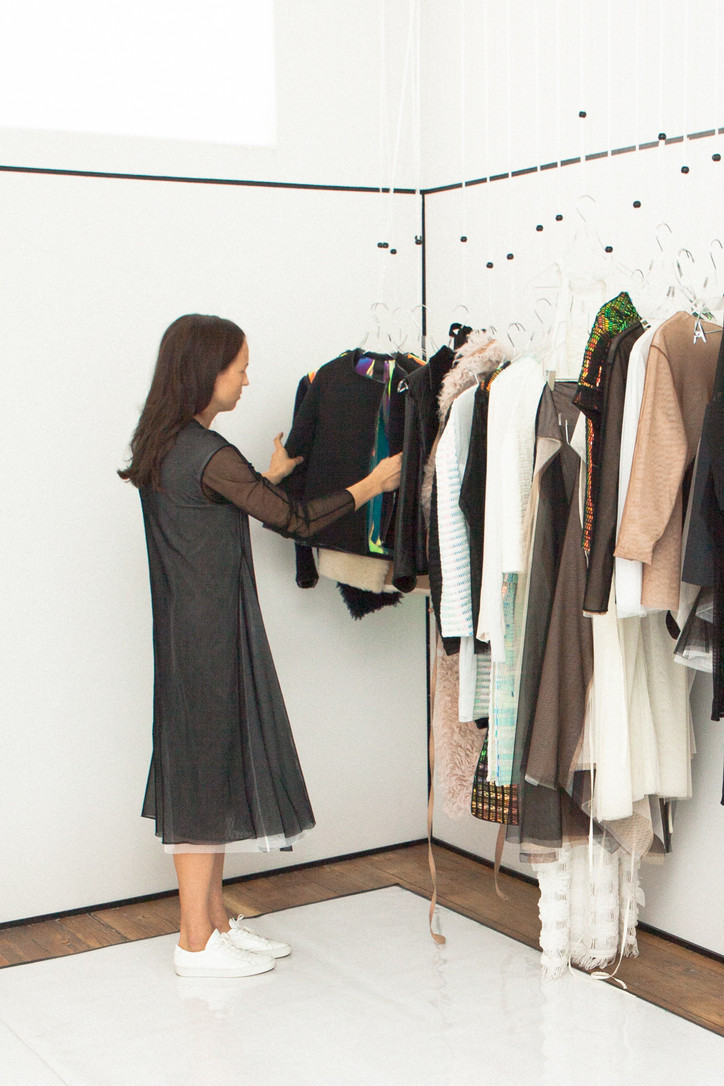
It’s architecture in a way.
Right. I am interested in something very particular—bendable screens. This whole technology is very nascent. Right now, it is close-to-impossible to integrate a large display in a garment without making a garment look like a monster. So I guess I just have to choose my substitutes very, very carefully.
For example, instead of LED (which is great for color but not-so-great for content display) or bulky non-flexible hardware (which is great for content but not-so-great for body), I use a dichroic screen-like material that I source from architectural glass finishes. It is treated in several stages before becoming pliable to garment construction.
It is touch screen operable: if you place a device in between pockets or other overlapping parts of a screenwear jacket, you can navigate your phone as normal. With a device “nested” in your jacket, the effect of this application is very “mini”. Pretty much the same as if you went around with your phone screen turned towards the viewers (that is, everyone else who is not you, the screen’s sole owner and curator).
Things would look a lot more different when the scale is, like, full body or large parts of one’s clothing. When body becomes an interface. Like, what kind of content would you show then? What would you conceal/hide? What part of your life on-screen would get to be shared in public spaces and how? All these questions of intimacy and emergent codes are just so fascinating to me.
To think in the 1950’s compared to now, were there different codes of touching in terms of clothing? In a few years, do you think we’re going to go more towards screenwear? Are you trying to bring this into actual fashion, or is it more of a personal fascination?
Maybe more like in 1960s? Throughout sexual revolution and all? Things haven’t really changed ever since—I believe fundamentally, it is still all the same set of socially rituals (gestures & distances) that we can afford with strangers/in public spaces. It would be interesting to see if new types of wearables could initiate a shift towards new type of intimacy, touch—new haptics.
Touchscreen technologies have a potential to bring us much closer to each other in a physical, tangible way. In a way this is already happening—today’s intimacy is exposure, after all.
Who’s your ideal consumer?
Someone with an eye for quality and concept. Someone who likes to curate their wardrobe and who can have fun styling—most garments are reversible or can be worn with extensions to create new ensembles.
From October 21-November 25, Postmasters presents Get a room, an exhibition of contemporary garments from Ab[Screenwear]. Find more details here.
![Ab[Screenwear] 2/17 Postmasters video](https://officemagazine.net/sites/default/files/styles/video_screendump/public/media-vimeo/209747767.jpg?itok=FMQVlpUw)


